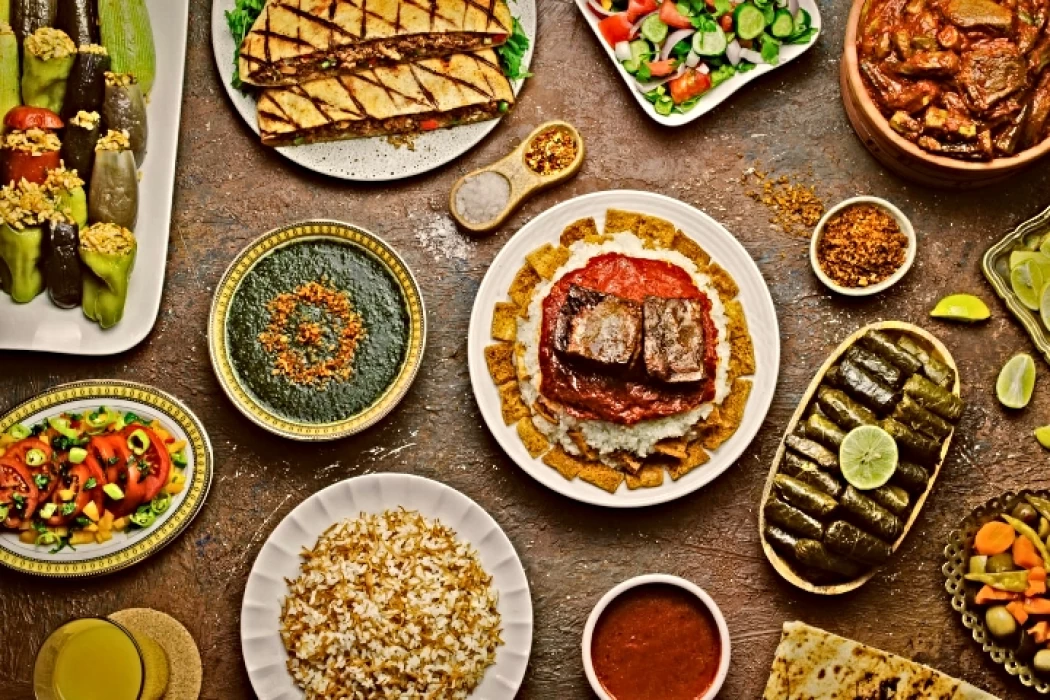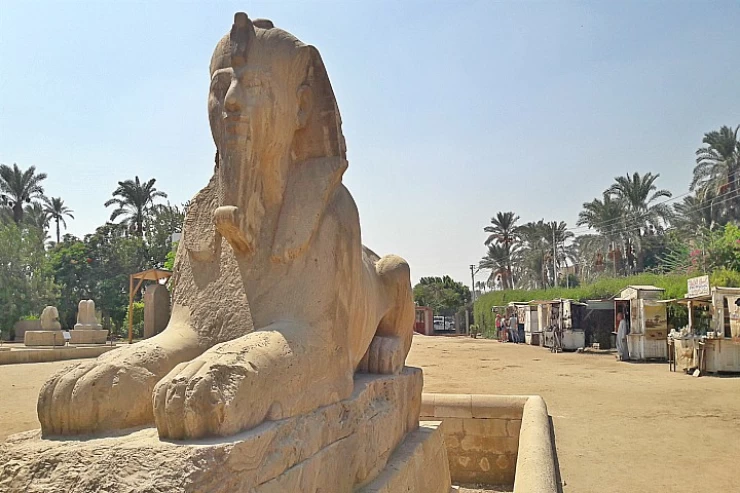
Traditional Egyptian food: a delicious cultural medley
Traditional Egyptian food
Food is an integral part of peoples’ culture and cultural heritage. All holidays, occasions and celebrations in Egypt are associated with specific foods that distinguish them and are considered aspects of celebration, such as Eid al-Adha and Eid al-Fitr, the month of Ramadan and Sham el-Nessim celebrations, which are always accompanied by the ritual of eating the famous salted fish.
When Egyptian food is mentioned, the famous dishes that come to mind are ful, taameya, koshari and other dishes that are widespread in homes and stores alike. However, many people do not know that there are dozens, perhaps hundreds, of types of food with a long history that extends back thousands of years in every governorate, and one could even say in every Egyptian city. Some of them are still present and widespread and people rely on them greatly, while others are less prepared and are no longer popular, especially among the new generations.
Some recipes can be obtained and documented directly from people, while others depend on old books and references in history and cooking alike. The initiative aims to become a reference for Egyptian food over time and to revive dishes that are no longer cooked extensively.
Each governorate in Egypt is distinguished by its dishes that people in other governorates may not know. In the north of Egypt, Alexandria is famous for sweets such as harissa and hijaziya, while Sharqia is famous for a very old dish similar to cinnamon buns today and is called maamoul, while in Port Said we find sweets such as tamriya and semeniya. In the south, there are many dishes, including sakhina, which is the origin of onion soup and was very famous for ages in Upper Egypt and was one of the main dishes served in the royal palace. All of these dishes are no longer popular and most people do not know them.
Hot soup is often prepared in winter because it helps to keep you warm. Fry a quantity of onions in ghee until they turn golden, then add the equivalent of four cups of hot meat soup, add a quarter cup of rice with spices, which are salt, pepper and a little cumin, and leave it on the fire until it is cooked and served hot.
Dishes in ancient Egypt
But what is the most distinctive feature of Egyptian cuisine throughout the ages? Samira answers, “One of the greatest strengths of Egyptian cuisine is baked goods. We can say that ancient Egyptian civilization was one of the first to know baked goods in the world, not just the Middle East. The Egyptians are credited with the earliest known formulary where the concept of fermenting dough to improve its size, and therefore advanced doughs, was first developed.They made bread and pies in all shapes and made different doughs for baking, some of which are still cooked to this day. They also made pizza-like pies and flaky dough, such as the famous Egyptian fatayer meshaltet. This type of dough was later derived from Western baked goods such as croissants.
Egyptian cuisine is characterized by diversity, as we find bread, sweets, vegetables, meat and fish that have characterized Egyptian cuisine since the time of the Pharaohs, who knew various techniques for preserving fish, which had seasons and were available in large quantities during the flood. They invented salting, smoking and drying to preserve fish for the longest possible period without spoiling. There are famous Egyptian dishes made with various recipes, such as the Molokhia dish, which is cooked in its traditional form. The Egyptians invented methods for drying it to be used throughout the year. Shalolo and Molokhia with shrimp are prepared on the coasts, as well as okra in its traditional form, wika and dried.
The most popular food in Egypt
Okra Wika, a popular dish in Upper Egypt, is prepared by cutting the okra into thin slices and then placing them on the fire in hot soup until they are cooked, adding salt and pepper. In a small frying pan, a little garlic is browned in ghee, then dried coriander and a little chopped pepper are added, then the mixture is placed on top of the okra after it is cooked, and it is usually eaten with bread.


















